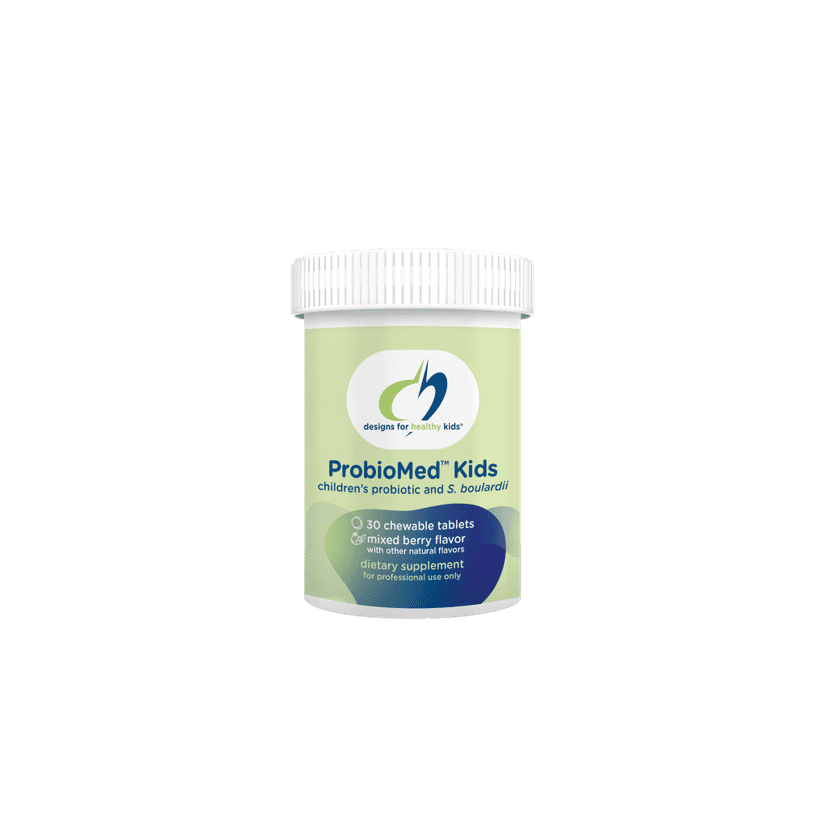The environment we live in plays a huge role in how long we live. Pollution, water quality, and even where we live—urban or rural—can affect our health and lifespan. It's important to understand these factors so we can take steps to improve our surroundings and live healthier lives.
Key Takeaways
- Living in polluted areas can harm your health and shorten your life.
- Access to clean water is crucial for a long and healthy life.
- Urban living comes with challenges like noise and stress but also offers benefits like green spaces.
- Rural areas may have less pollution but can lack healthcare facilities.
- Climate change is making extreme weather events more common, which can affect lifespan.
Impact of Air Pollution on Longevity
Short-term Exposure Effects
Short-term exposure to air pollution can cause immediate health problems. These include respiratory issues like asthma attacks and bronchitis. Even brief exposure to polluted air can trigger heart problems and increase the risk of strokes. Children and the elderly are especially vulnerable to these effects.
Long-term Exposure Consequences
Long-term exposure to polluted air can lead to chronic health conditions. These include lung cancer, heart disease, and chronic obstructive pulmonary disease (COPD). Studies have shown that air pollution can reduce life expectancy by an average of 1 year and 8 months globally. This is almost as much as the impact of smoking.
Mitigation Strategies
To reduce the harmful effects of air pollution, several strategies can be implemented:
- Policy Interventions: Governments can enforce stricter emission standards and promote cleaner energy sources.
- Community Initiatives: Local communities can organize tree-planting events and promote the use of public transportation.
- Personal Actions: Individuals can reduce their carbon footprint by using energy-efficient appliances and reducing car travel.
Reducing air pollution requires a collective effort from governments, communities, and individuals. By working together, we can improve air quality and increase life expectancy.
Role of Water Quality in Life Expectancy
Contaminants and Health Risks
Contaminated water can carry harmful substances that lead to serious health problems. Waterborne diseases like cholera and dysentery are common in areas with poor water quality. These diseases can significantly reduce life expectancy, especially in lower-income countries.
Access to Clean Water
Having access to clean water is crucial for a healthy life. Improved water and sanitation can reduce the spread of diseases, leading to longer lifespans. In many places, efforts to provide clean water have shown positive results in increasing life expectancy.
Improving Water Quality
To improve water quality, several steps can be taken:
- Implementing better sanitation systems.
- Regularly testing water sources for contaminants.
- Educating communities about safe water practices.
Clean water is essential for good health and longer life. By focusing on improving water quality, we can make a significant impact on public health and longevity.
Influence of Urban Living on Health
Noise Pollution and Stress
Urban areas have higher population densities, leading to increased noise levels. Constant exposure to noise pollution can elevate stress levels, contributing to health issues like heart disease and high blood pressure. Noise from traffic, construction, and crowded public spaces can disrupt sleep patterns, further impacting overall well-being.
Green Spaces and Mental Health
Access to green spaces in urban areas is often limited. However, these natural areas are crucial for reducing stress and improving mental health. Spending time in parks or gardens can lower anxiety and depression levels. Urban planning that includes more green spaces can significantly enhance the quality of life for city dwellers.
Urban Planning for Healthier Living
Effective urban planning can mitigate some of the negative health impacts of city living. Strategies include creating pedestrian-friendly areas, improving public transportation, and increasing the availability of recreational spaces. These measures can promote physical activity, reduce pollution, and foster a healthier urban environment.
Urban living presents unique challenges to health, but thoughtful planning and community initiatives can create a more livable and healthy environment for all residents.
Rural Living and Longevity
Lifestyle Factors
Rural living offers a quieter, less polluted environment with more access to green spaces and healthy foods. However, rural areas often face challenges like higher rates of obesity, smoking, and physical inactivity. These lifestyle factors can increase the risk of chronic diseases, impacting overall longevity.
Healthcare Access
One of the significant drawbacks of rural living is the limited access to healthcare services. Rural areas often lack nearby hospitals and specialized medical care, making it difficult for residents to receive timely and adequate treatment. This can lead to poorer health outcomes and reduced life expectancy.
Community Support
Community support in rural areas can be a double-edged sword. While close-knit communities can provide strong social support networks, the lack of resources and services can sometimes outweigh these benefits. It's essential for rural communities to find a balance between social support and access to necessary services to improve longevity.
Rural living has its unique set of advantages and challenges. While the environment may be healthier, the lack of healthcare access and higher rates of unhealthy behaviors can negatively impact longevity.
Climate Change and Its Effects on Lifespan
Extreme Weather Events
Extreme weather events, such as hurricanes, floods, and wildfires, are becoming more frequent and severe due to climate change. These events can cause immediate loss of life and long-term health problems. Communities often struggle to recover from these disasters, leading to prolonged stress and health issues.
Heatwaves and Health
Heatwaves are another consequence of climate change. They can lead to heatstroke, dehydration, and other heat-related illnesses. Vulnerable populations, like the elderly and those with pre-existing health conditions, are at higher risk. It's crucial to have cooling centers and public awareness campaigns to help people stay safe during extreme heat.
Adaptation and Resilience
Building resilience to climate change involves both individual and community efforts. This includes creating better infrastructure, improving emergency response systems, and educating the public about climate risks. Governments and organizations must work together to develop policies that protect public health and promote sustainable living.
Climate change is not just an environmental issue; it's a public health crisis that requires immediate action to protect lives and improve longevity.
Socioeconomic Factors and Environmental Health
Income Disparities
Income levels play a significant role in determining one's exposure to environmental risks. Lower-income communities often face higher levels of pollution and fewer green spaces. This can lead to increased health problems, such as asthma and heart disease. For example, children in poorer neighborhoods may be more exposed to harmful substances like lead, which can affect their brain development.
Access to Healthcare
Access to healthcare is another critical factor. People with lower socioeconomic status often have limited access to medical services. This can result in untreated illnesses and conditions that could have been managed or cured if detected early. Regular check-ups and preventive care are less common in these communities, leading to poorer overall health.
Education and Awareness
Education plays a crucial role in understanding and mitigating environmental health risks. Individuals with higher education levels are generally more aware of the dangers posed by pollution and other environmental factors. They are also more likely to take steps to protect themselves and their families. On the other hand, those with less education may not fully understand the risks or how to avoid them.
Addressing these socioeconomic factors is essential for creating healthier environments for everyone. By improving income levels, healthcare access, and education, we can reduce the environmental health disparities that exist today.
Strategies for Promoting a Healthier Environment
Policy Interventions
Governments play a crucial role in creating policies that protect the environment and public health. Implementing stricter environmental regulations can reduce pollution and its harmful effects. Policies that promote renewable energy sources, reduce emissions, and encourage sustainable practices are essential. Additionally, governments can invest in public transportation and green infrastructure to create healthier urban environments.
Community Initiatives
Local communities can make a significant impact by organizing and participating in environmental programs. Community gardens, recycling drives, and clean-up events are excellent ways to engage residents and improve local environments. Schools and local organizations can also educate the public about the importance of environmental stewardship and sustainable living.
Personal Actions
Individuals can contribute to a healthier environment through simple daily actions. Reducing waste, conserving water, and using energy-efficient appliances are effective steps. People can also support eco-friendly products and companies, and advocate for environmental issues within their communities. By making conscious choices, everyone can help create a healthier planet for future generations.
Taking care of our environment is a shared responsibility. By working together, we can make a significant difference in promoting a healthier and more sustainable world.
Conclusion
In conclusion, the environment we live in plays a big role in how long we live. Cities often have more pollution, noise, and stress, while rural areas might have higher rates of obesity and smoking. Both can lead to health problems. Pollution can hurt our bodies in many ways, like causing problems in our cells and making us age faster. But we can take steps to protect ourselves. By reducing our exposure to harmful pollutants and making healthier choices, we can improve our chances of living longer, healthier lives.
Frequently Asked Questions
How does air pollution affect our lifespan?
Air pollution can harm our health in many ways. Breathing in polluted air can lead to lung diseases, heart problems, and even shorten our life expectancy.
Why is clean water important for living longer?
Clean water is essential for good health. Drinking contaminated water can cause diseases like cholera and dysentery, which can reduce life expectancy.
How does living in a city impact our health?
City living can be both good and bad for health. While cities offer better healthcare and more job opportunities, they also have more pollution and noise, which can cause stress and health problems.
What are the health benefits of living in rural areas?
Living in rural areas often means cleaner air and less noise. However, rural areas might lack access to good healthcare and other services, which can affect health.
How does climate change affect our lifespan?
Climate change can lead to extreme weather events like heatwaves and storms, which can be dangerous to our health and reduce our life expectancy.
What can we do to promote a healthier environment?
We can take many steps to help the environment, like using less plastic, recycling, using public transport, and supporting policies that protect the environment.
























